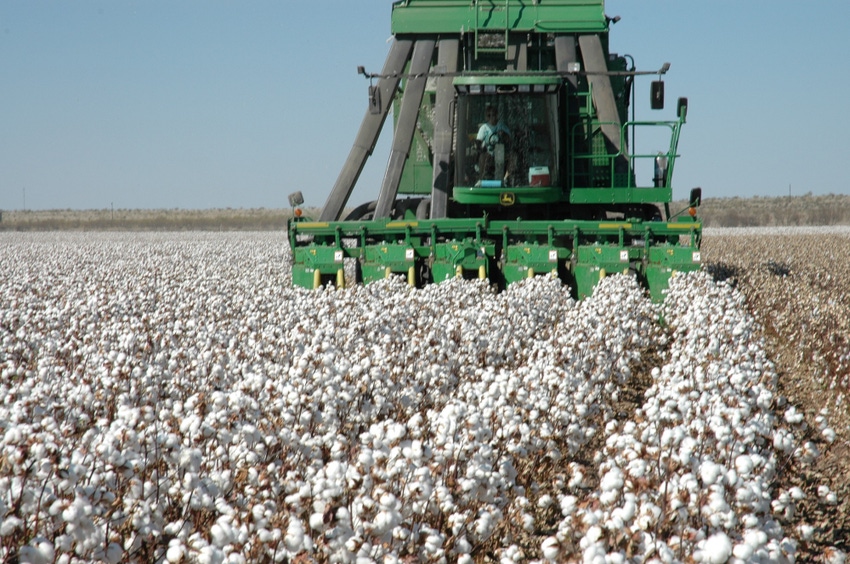September 22, 2016

World 2016/17 cotton supply and demand numbers were essentially neutral following some very slight adjustments in USDA’s September World Agricultural Supply and Demand Estimates report.
On the other hand, the U.S. cotton adjustments included a 100,000 bale reduction in carry-in; a 260,000 bale increase in production; no change in U.S. exports; a 100,000 bale reduction in U.S. consumption; and some minor tinkering with the “Unaccounted” fudge factor category.
The bottom line was a 200,000 bale increase in projected U.S. ending stocks, to 4.9 million bales.
Such a monthly adjustment would be expected to have a mild, negative price response. The futures price sell-off Sept. 12 may have involved more of a market reaction at having been surprised. The sell-off was associated with the liquidation of a significant number of long cotton futures contracts held by hedge fund managers (more about that below).
TWO PUZZLING SITUATIONS
The September report leaves me with two puzzling situations. The first is how to think about the U.S. production outcome. The increase in forecasted U.S. production resulted from a jumbled combination of acreage adjustments, both higher and lower.
For example, Texas had a 200,000 acre increase in planted and harvested acres, while 10 other states were increased a combined 87,100 acres. On the other hand, Georgia had a 110, 000 acre decrease, along with five other states that were reduced another 52,000 acres.
For the latest on southwest agriculture, please check out Southwest Farm Press Daily and receive the latest news right to your inbox.
In addition to acreage changes was a wide range of yield increases and reductions. Combined with the acreage adjustments, the states with increased production were raised a total of 613,000 bales, while states with decreased production were reduced 350,000 bales in the aggregate. The net effect was a 263,000 bale increase in production.
What can we conclude from that about the possible trend in U.S. production forecast?
VOLATILITY OUTLOOK
The acreage adjustments are likely over, and the yield adjustments were mixed enough that it leaves me very uncertain about any more significant swings in aggregate production. The follow-up point is that there may not be much upside price volatility from remaining surprises in the production number.
The second puzzle is the reason for the recent fluctuations in the cotton futures positioning of the fund sector. As mentioned above, commodity fund managers reacted to a surprising, if only moderately bearish, WASDE report by reducing their long positions. But since then, there have been a string of successively higher cotton futures settlements (Sept. 19-21) that have, as of this writing, taken the market back above 70 cents.
The pattern of increasing volume and open interest suggests a resurgence of fund buying. Why? The reason is not clear at present. But the implication is the same as it has been all summer: speculation-inspired price rallies do not tend to last that long. A rally into the lower 70s might therefore be viewed as a quick selling or hedging opportunity.
For additional thoughts on these and other cotton marketing topics, please visit my weekly online newsletter.
About the Author(s)
You May Also Like




